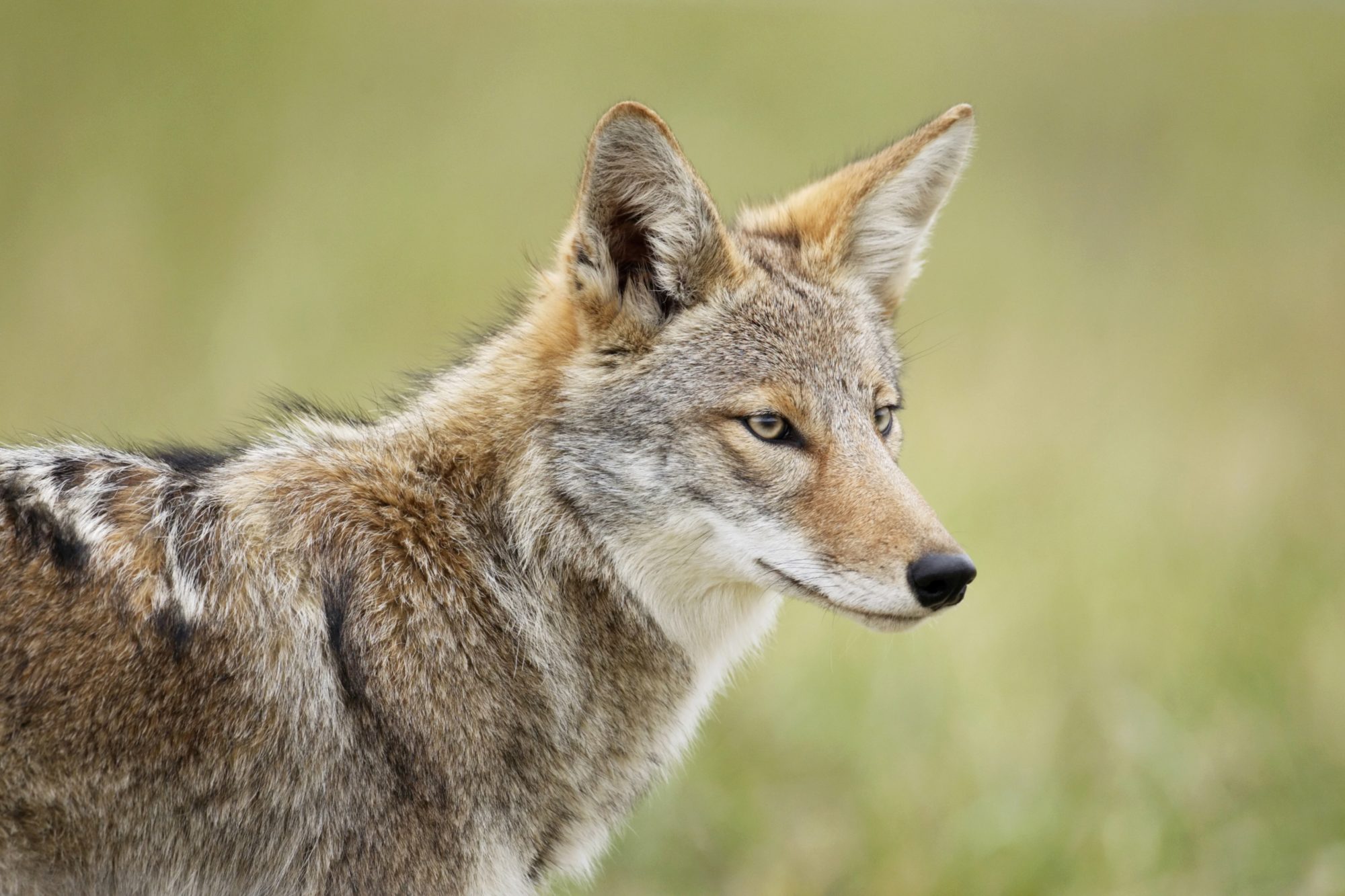NAHANT – Approximately 200 residents have already signed Vivien Gere’s petition to call upon “local administrators, local animal control and law enforcement” to address the issue of coyote overpopulation, and “more importantly, prioritize the safety of residents and their pets.”
“The petition already has more than 200 supporters and over 1,500 views and 90 shares,” said Gere. “For a small town like Nahant, spreading awareness and generating support is key in order to help facilitate change.”
Gere started the petition after her dog, a 10-year-old Cockapoo named Snoopy, was attacked and killed by a coyote right in front of her house June 6. The dog was on-leash and “only steps away from our front door.”
“I was standing two feet away from him,” said Gere.
Gere said that the problem with coyotes in Nahant partly lies in the fact that Nahant is situated on a peninsula, surrounded by ocean with only one entry and exit to enter the town itself. Over recent years, coyotes have crossed into the territory in search of food, during, as well as after their breeding season, which occurs in springtime. We don’t have hunting or trapping occuring in the town, she said.
“They are simply just multiplying, and unfortunately nothing is being done about it. There is no animal above them on the food chain, except humans,” said Gere.
She said that other Nahant residents were also complaining that coastal coyotes’ attacks are becoming more frequent and can cause a potential threat to public safety in the town. Gere said that one of her elderly neighbors, an 80-year-old lady, had to carry a whistle around her on her walks, because she was afraid that she might be attacked by a coyote.
“Coyotes have been stalking and attacking local pets, dogs, and cats, and are even a threat to small children and people alike,” said Gere.
Gere also said that the problem was exacerbated by the fact that coyotes got increasingly “desensitized to humans,” meaning that the coyotes got used to living with humans and stopped being afraid of them. She said that that was a possible contributing factor to why the coyotes started to attack residents and household pets — “their new food source.”
She said that she personally knew two other residents whose dogs were attacked and killed by coyotes, and she read a story that two toddlers were attacked by coyotes in Arlington last year. Gere even reached out to the Massachusetts Division of Fisheries and Wildlife (MassWildlife), and spoke to a biologist from there on how to respond to the coyote crisis.
“He and I discussed how people should actually be encouraged to haze and act a bit more aggressively toward coyotes during these encounters, in order to re-instill fear of humans,” said Gere. “I was told yelling, throwing small rocks, and any type of other negative stimuli can hopefully alter coyotes’ behavior and their reactions towards humans.”
A MassWildlife representative was not immediately available for comments.
Nahant town administrator Antonio Barletta said that the presence of coyotes in Nahant is not a new issue – it dates back to 2010, and the town has consulted with MassWildlife and the State Legislators “on how this issue is unique to a one square-mile island.”
“In recent years, the population of coyotes has increased, and MassWildlife has assisted us in educating residents about how to avoid coyote interaction and proper ways to haze the animal,” said Barletta.
He further mentioned that the removal of coyotes is regulated by the state and that the town will continue to advocate on behalf of the residents and spread awareness “to hopefully curb unfortunate interactions.”
“I am a promoter of wildlife preservation, but these animals are predators just like wolves,” said Gere.
Oksana Kotkina can be reached at [email protected]

